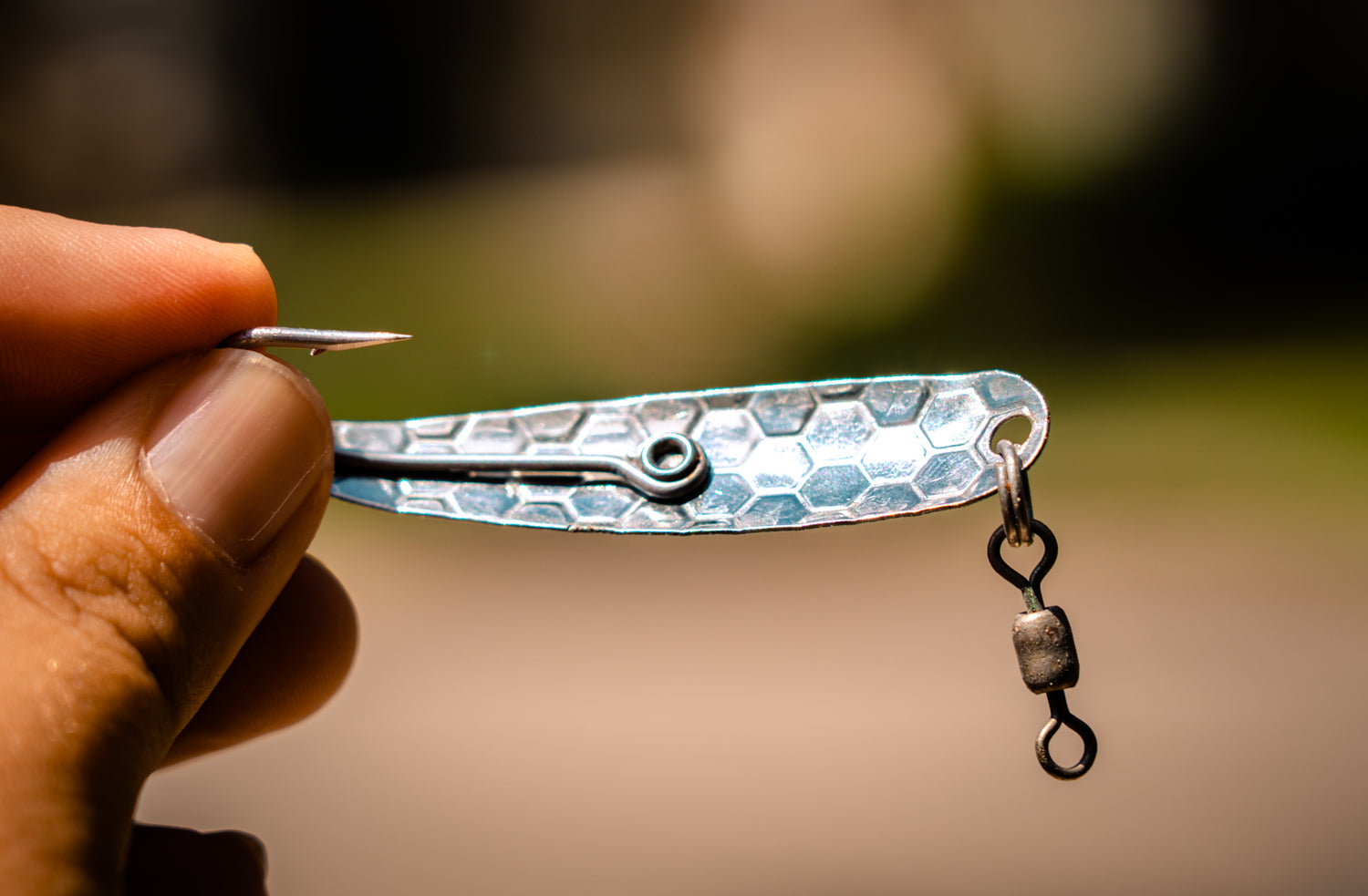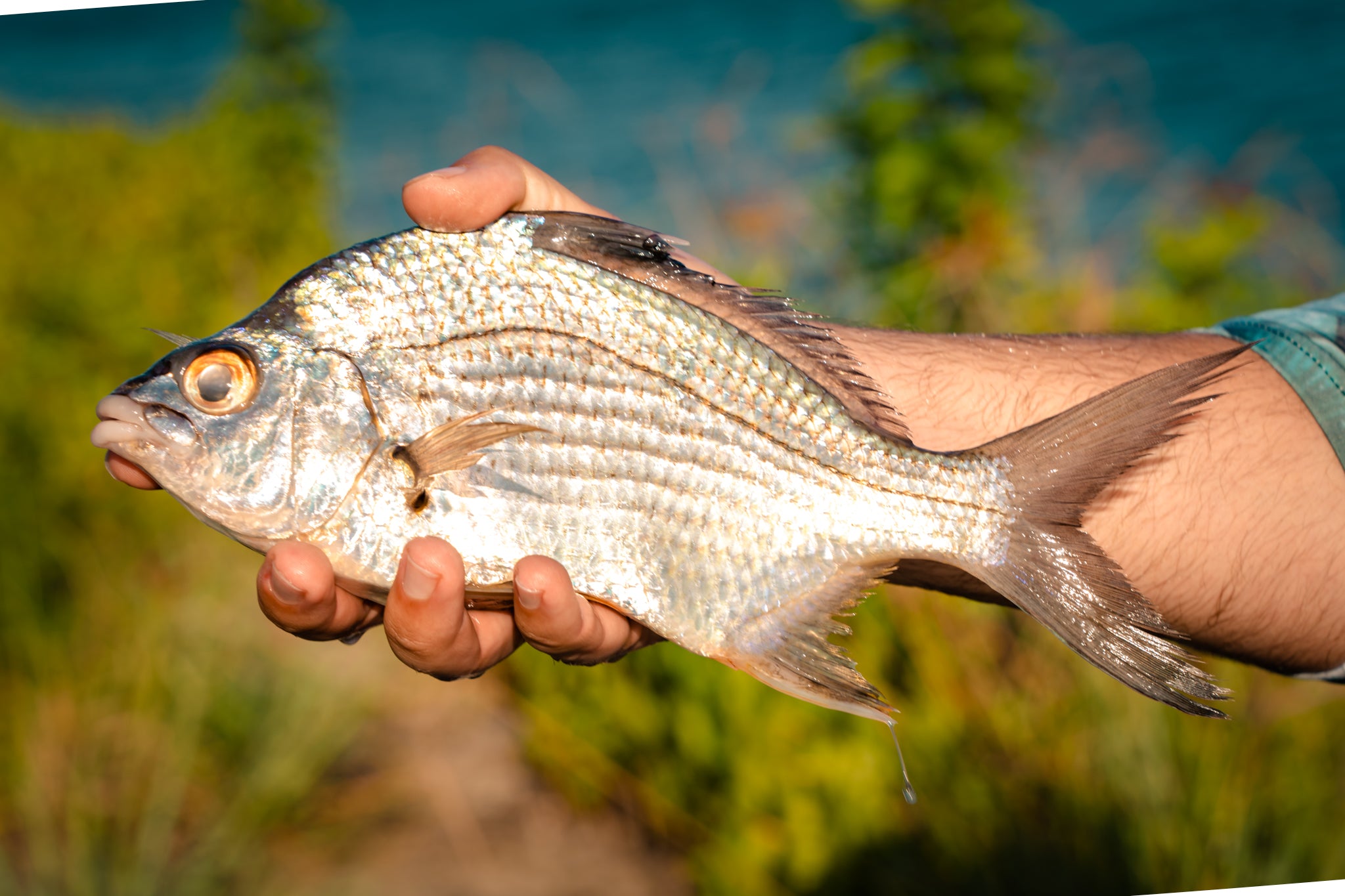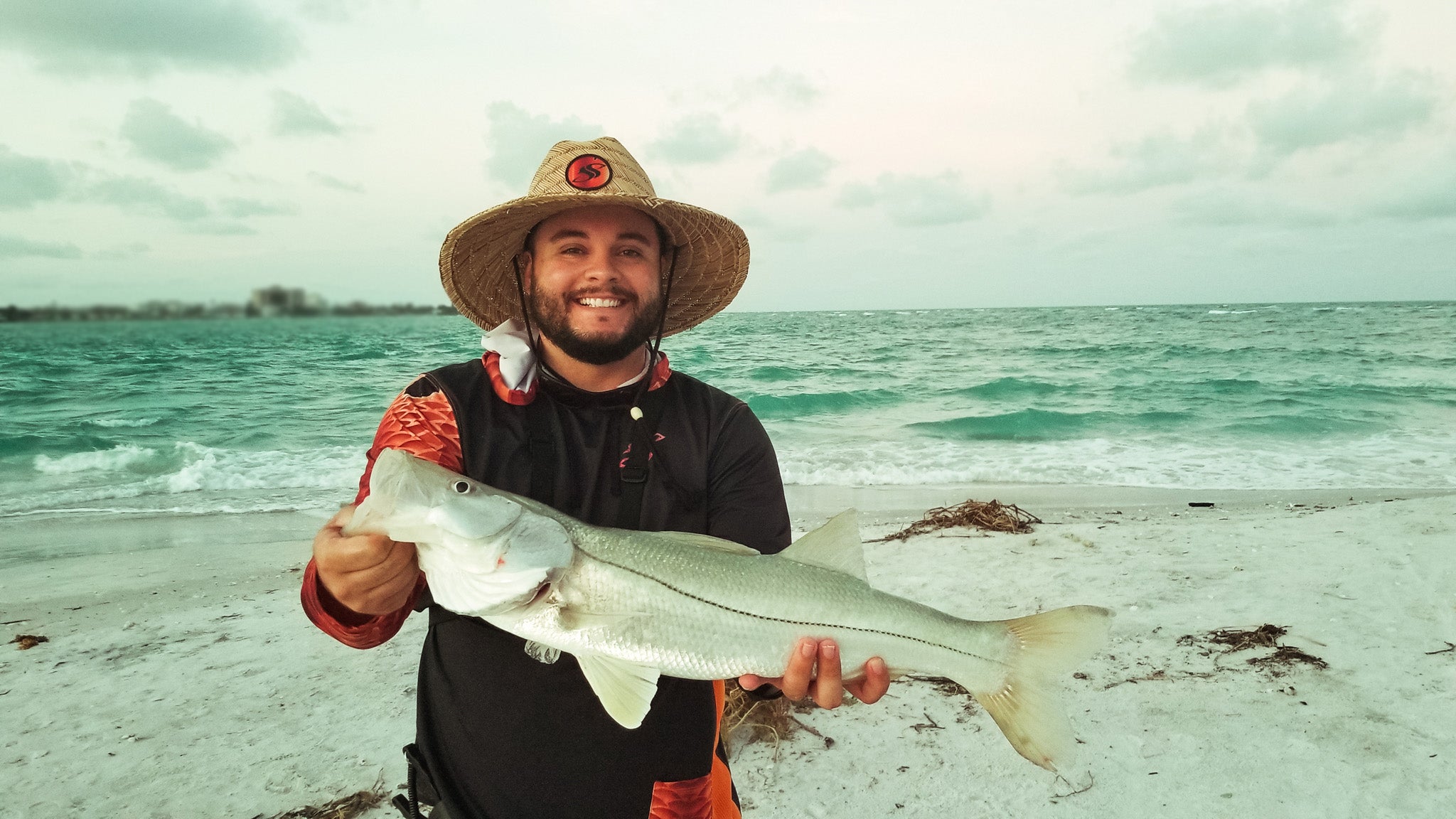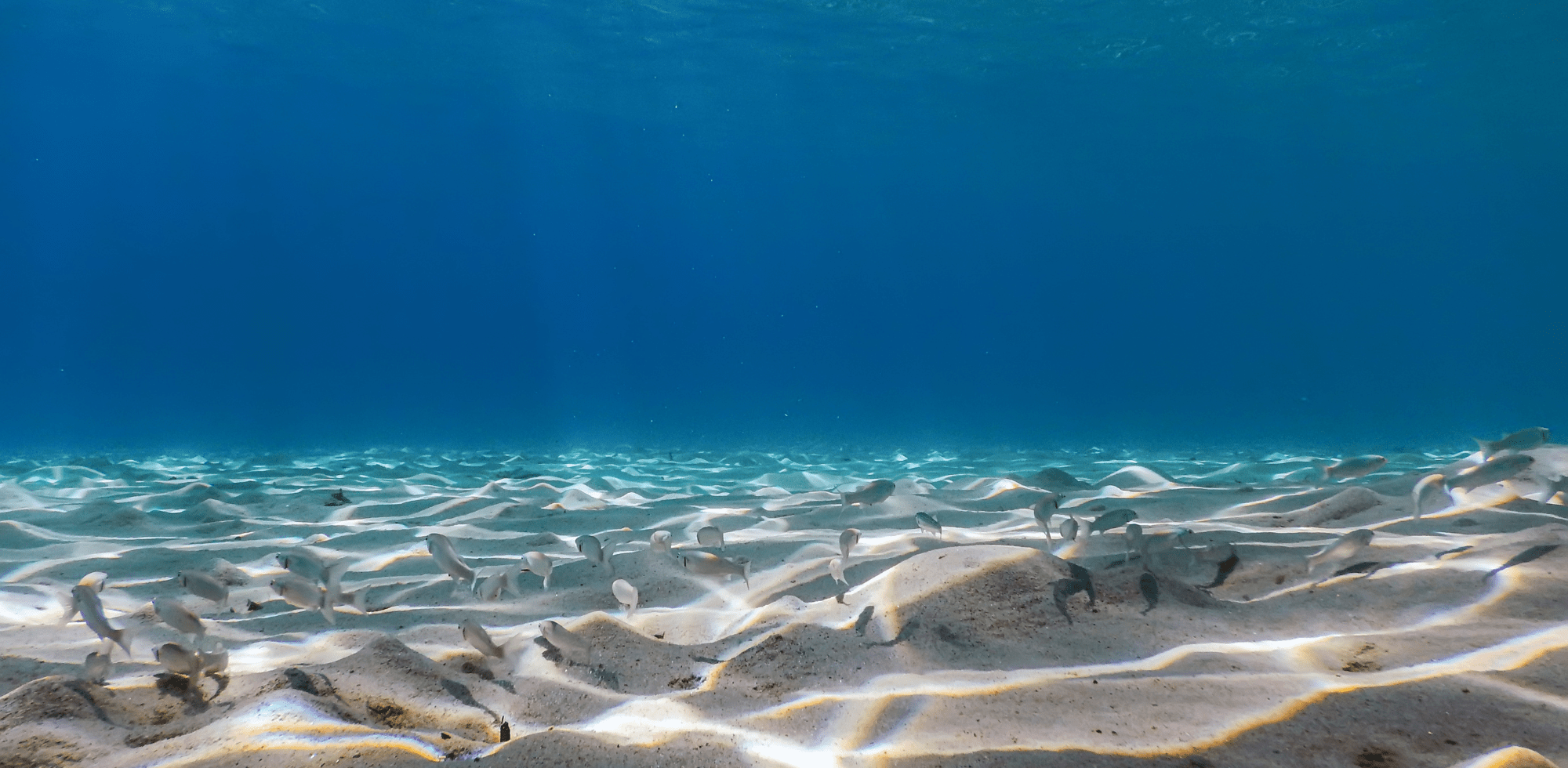A method used for catching all kinds of fish from the pier, a trolling spoon is also known as a Clark spoon, is the ideal choice. Clark spoons are best known for their results in saltwater garnering lots of mackerel and pelagics in general. The design of a Clark spoon is shiny and reflective and is sure to catch the attention of the toothy Spanish mackerel.

Learning how to create this rig correctly won't leave you accidentally tangling and hitting yourself or others around you. When it comes to pier fishing, the leader lines tend to be longer since you are farther away from the water. Combined with a heavy-duty Clark spoon, it has the potential to cause some severe hiccups. I love pier fishing, but it is crucial to make sure that you and others around you stay safe, while also maximizing the number of fish you catch.
In my video, I explained the optimal way of setting up a Clark spoon for maximum performance. I also mentioned some essential dos and don'ts of casting while pier fishing, which can help keep you out of trouble.
How to Rig a Clark Spoon?
The Materials
First off, you will need the Clark Spoon and the trolling sinker. I used a one-ounce trolling weight. In the video, I used a 20-pound leader, but I would highly recommend at least a 30 to a 40-pound leader.
First Step: Setting Up the Swivel
Once I had my materials all set to go, I ran the leader through the snap swivel twice and tied a strong clinch knot to secure it. On the Clark Spoon, you may notice that there is a ball bearing. The ball bearing swivel is going to help prevent the leader from getting all wrapped around itself and from twisting. Having a twisted and messed up leader will cause further issues with your line.
Second Step: Getting the Monofilament Leader Set
I prefer using a monofilament leader. Using a leader that is made of monofilament is going to produce less visibility and is abrasion-resistant. Fish are smarter than we think, and they can tell when a lure is attached to a mysterious line. The monofilament leader will ensure that the fish can't catch a glimpse at what is coming next. Also, monofilament leaders tend to be more cost-effective too. So really, it is a win-win situation choosing a monofilament fishing leader.
Now back to preparing the leader for the Clark spoon. Ideally, you want about six to ten feet of leader material, and I like to measure two full arm wingspan lengths of leader material. Doing so gives you around 8 to 10 feet, which is what works best for me.
After I get my monofilament leader set up, I now like to focus on the opposite end of the trolling sinker. Tie the improved clinched knot together with the monofilament leader and trim the tag right away.

Third Step: Attaching the Clark Spoon
Tie on the Clark spoon with a loop knot. Loop knots are ideal for artificial lures to get them to move freely and twirl without getting tangled up. Here is a video about how to tie a loop knot.
Now, I put the spoon on in a way that will give it the best wobble. I tied the fundamental loop knot, so this could provide the spoon some free-range motion. You don't want a knot that is going to be too stiff that won't allow for the natural movement of the spoon. Twisting and turning of the spoon is going to attract the fish to the rig in the first place.
How to Catch Fish with a Clark Spoon and Pier Fishing
These are the types of fish that you will most likely be attracting with the Clark spoon:
● Mackerel
● Bluefish
● Blue Runners
● King Fish
● Jacks
The First Cast
After the very first cast of the day, I was able to catch a pretty decent sized mackerel, and that felt awesome! I knew that the Clark spoons worked well, but I honestly didn't expect it to capture one on the first cast. It just goes to show how effective these Clark spoons really can be. After I felt a nudge, I reeled in the reflective Clark spoon, and my pole gave a little bit of a bend for show. As I reeled in the first catch, I could tell that it was the targeted species. It was a solid mackerel that has fallen into my Clark spoon trap.
I didn't take much time to relish in the joy and effectiveness of the Clark spoon. So quickly, I released the first mackerel catch of the day back into the water and set out on an excellent day of pier fishing. I made sure that with my cast, I was reeling in the spoon rather quickly. The rig is susceptible to fish biting off the spoon if there is too much slack. It is essential to work the spoon rapidly and not lollygag on the reel. The Clark spoon works best with a sudden stop and a quick, speedy reel. This way, the fish stay hooked, and you won't end up having to lose your newly rigged Clark spoon.
Casting with a Long Leader
As mentioned before, I have about a 10-foot leader; this way, there is plenty of distance between the trolling weight and spoon.
My number one piece of advice is that you never want to cast overhead. I will repeat, you never want to throw aloft. Doing so can be life-threatening and seriously hurt someone even when you least expect it. Also, in the video at the beginning, I was able to catch someone casting and, unfortunately, damaging someone else's car with their long leader and lead rig.
When you are on the pier, hold the rod down towards the water. Casting parallel next to the pier is very useful and yields excellent results.
Now, this next step is vital for preventing the leader and the trolling weight from tangling. Stop the lure before it hits the water to stretch the rig and avoid tangling. Doing so will help prevent those terrible tangles and the headache that comes along with it.
Quick Tip
One tip that I want to share with you is that you should allow the rig to sink to the bottom. Also, having a reverse reel can help the rig to go up from the bottom and then back down again, making it easier to work the different water column depths.
If you don't have the reverse reel option, you can also open the bail to let out the line so that it sinks back down to the bottom. Doing this can be just as effective as the reverse reel option.
The Results
I ended up catching several mackerel that day and taking them home with me. I also had a few other bites from other species, like a blue runner here and there. With the Clark rig, the set up takes a few moments, but it can have you catching lots of fish in no time at all.

One of the main takeaways from my video is that I hope you understand the right and the wrong way of casting on a pier. It is crucial to make sure that for yourself and others that you can throw parallel to the pier rather than from over your head. In the video, it was great but also unfortunate that you saw precisely why overhead casts are not going to be your best bet.
Overall, I love using the Clark spoon, also known as the trolling spoon, for some classic pier fishing. It is an efficient and easy way to attract some hefty Spanish mackerel for a lovely afternoon bite. Do you have a preferred way to catch Spanish mackerel? If so, please do drop a comment below. If you have other article topics that you want to learn more about, don't hesitate to let me know. Until next time, we will see you on the water or pier!




